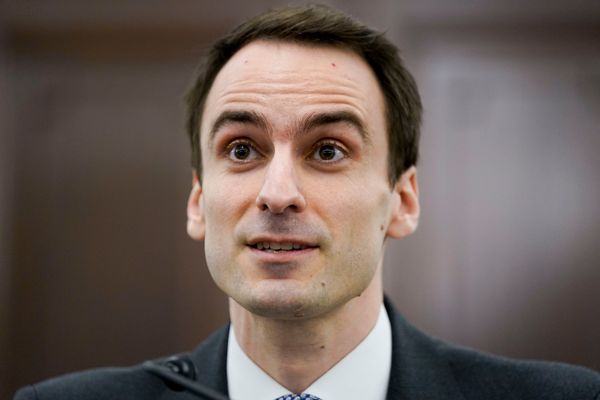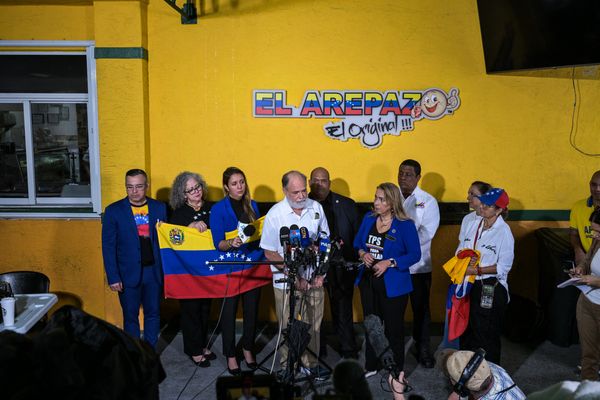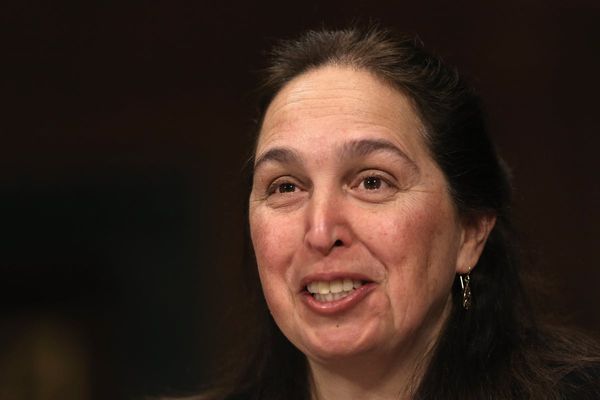
Sydney teacher and mum-of-two Shenaiya Day spent $700 on kitting out her son when he started prep at a local public school, and back-to-school costs ballooned every year until he graduated.
As a primary school teacher, she has encountered other parents struggling with costs and students showing up without essentials.
In 2025, a full set of new supplies for a primary school-aged student will cost Australian parents an average of $694, according to Finder - rising to $1149 for secondary students.
Overall, parents are expected to spend $13.6 billion on all schooling costs including uniforms, tuition, technology, and excursions - up from $12.9 billion in 2024.

Parents and teachers point to digital technology, which has become a requirement instead of an add-on in classrooms.
"It's extremely expensive and depends, obviously, if you're in a public school or in a private school as the costs do vary," Ms Day told AAP.
"It's not just about buying the blazer and the uniform and the socks and the hat, it's the bag, it's the PE uniform, it's the extracurricular uniform, so it all mounts up."
When supplies for Ms Day's daughter cost a "ridiculous" $1500 in year seven, she sought out a second-hand uniform shop.
It's saved her more than $1000, prompting her to encourage other parents in a similar position to look out for simple ways to save.
The Uniform Exchange founder Sue Turner says an increasing number of parents are turning to her business as a way to save on expenses amid rising school fees, as well as a desire to recycle with excess stock sent to schools overseas.
"We have more interest every year, more and more people hear about what we do," Ms Turner said.
Her shop in Pymble, on Sydney's North Shore, carries 20,000 uniforms for local schools and runs an online selling platform for parents nationwide.
"We sell everything in the shop at half the price of new, and even at half the price of new it is still an expensive item," she said.

Former principal and Real Schools founder Adam Voigt said there's been an uptick in educators reporting students without the basics.
He said technology requirements in schools are a major issue for many parents, while voluntary contributions in public institutions can be up to about $300.
"There's definitely a spike at play here, we definitely have an increasing number of schools saying that their families are feeling the pinch (and) an increasing number of schools saying they're having to access external services," he said.
Demand on children's charity The Smith Family for assistance with school costs has surged by more than 12 per cent in two years, with 67,000 students in one program alone.
Low-income families were already struggling but inflation has compounded pressures, chief executive Doug Taylor said.
"Thirty per cent of those young people don't have a digitally connected laptop at home. That has a significant adverse impact on their on their education," Mr Taylor said.
"Digitally connected laptops were perhaps 'nice to haves', now they're really essential.
"Many public schools are able to support students when they're at school, but it's what happens at home that's also very important in terms of being able to do homework."

Australian Education Union federal president Correna Haythorpe blamed a shortfall in government funding, saying when children as young as grade three must have iPads at public schools the cost shouldn't be passed on to parents.
"Escalating costs are a direct result of the fact that governments, for decades now, have failed to fully fund public schools, and that has shifted the cost burden to parents," she said.
"We also have the situation where teachers are spending escalating amounts".
Most families can access back-to-school relief, with payments or subsidies for all children in Victoria, the Northern Territory and Queensland, public school students in South Australia and help available for low-income households in ACT, Tasmania and Western Australia.
It comes amid ongoing negotiations over the federal government's ten-year Better and Fairer Schools funding agreement, with only WA, the NT, Tasmania and ACT signing on.
Education Minister Jason Clare said he was working with all states and territories to get schools on a path to full and fair funding and families could access cost-of-living relief through tax cuts.
"We will continue to work with the remaining jurisdictions to get the job done," Mr Clare said.

In addition to seeking out second-hand items, parents should attempt to spread out expenses, Finder personal finance expert and mum-of-three Sarah Megginson said.
Many schools offered payment plans for contributions, fees, extracurricular actives and other expenses even if they weren't advertised.
"Questions are free, so even if your school doesn't offer a payment plan, it's worth asking the question," she said.







